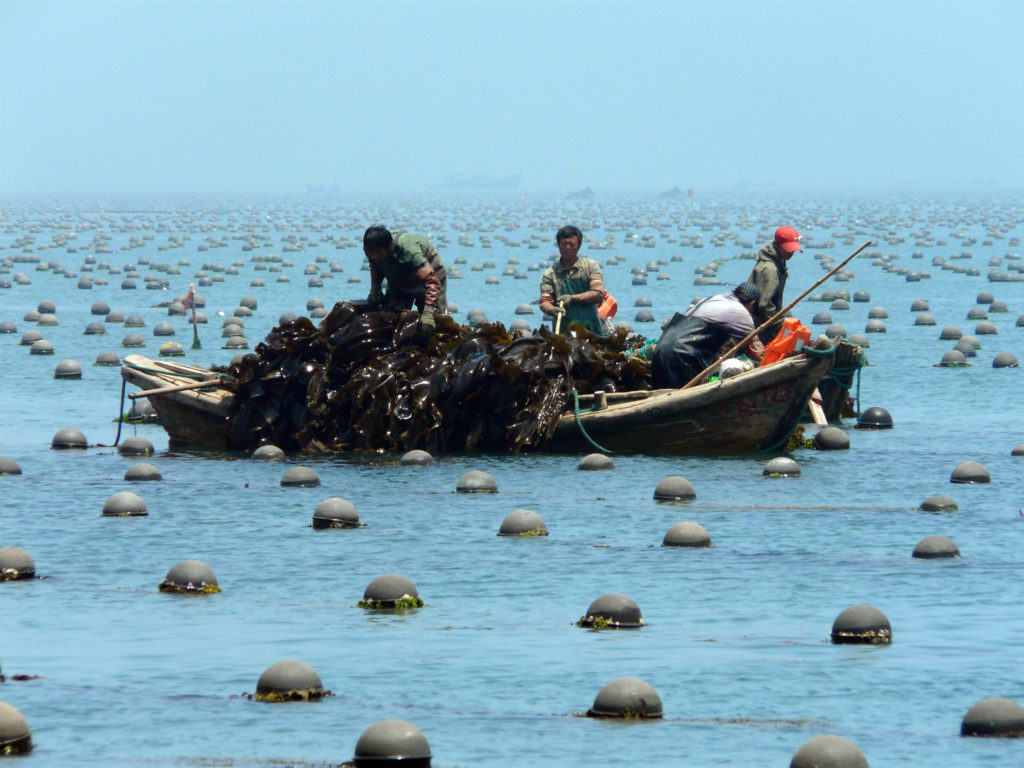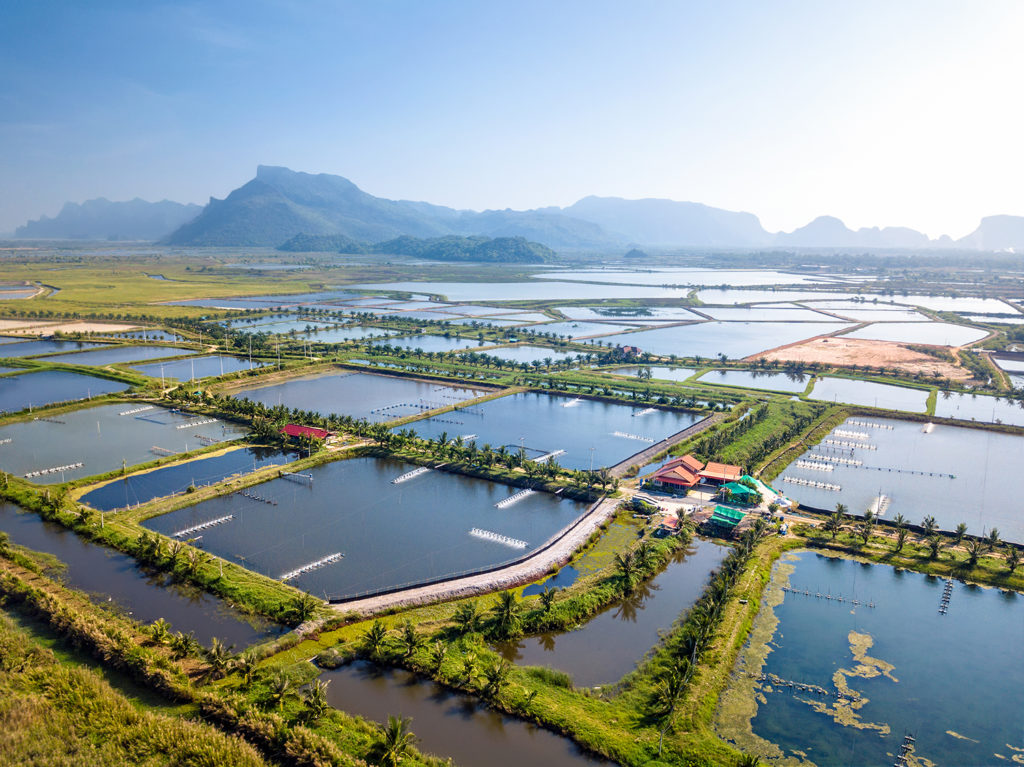How Farmed Seafood Can Support Climate Action
Editor’s note: Aquaculture 101 is a campaign run by the Global Seafood Alliance to educate the public about the basics of aquaculture, to disseminate information in an easily understandable way. The campaign dispels myths and gives facts about the promising future of the industry. In 2020, the focus of Aquaculture 101 is on the alignment of aquaculture with the United Nations Sustainable Development Goals (SDGs). Each month we will delve into one of the SDGs and explore how aquaculture relates. Check out the hashtag #Aquaculture101 on social media for more information.
 Background of SDGs
Background of SDGs
In 2015, United Nations (UN) member states convened and agreed upon 17 goals known as the Sustainable Development Goals (SDGs), which are designed to guide citizens of the planet in a direction that will support future generations of people and animals to live and meet their respective needs in the face of a changing climate. The UN describes the SDGs as “an urgent call for action by all countries – developed and developing – in a global partnership. They recognize that ending poverty and other deprivations must go hand in hand with other strategies that improve health and education, reduce inequality and spur economic growth – all while tackling climate change and working to preserve our oceans and forests.”
What does this goal mean? Why is it important?
The thirteenth SDG is to take urgent action to combat climate change and its impacts globally. A few direct impacts of climate change are desertification, increased extinction of species, increasing extreme weather events, ocean warming and sea-level rise. If climate change were to continue without humans adapting to mitigate its effects, it will cause massive economic, social and environmental disruption. Many people will lose their jobs, some will even lose their lives. Climate change is an immediate threat to all global food security – this is where fish farming comes in.
The circumstances of some aquaculture operations provide resilience to weather- and climate-related impacts; other operations are increasingly vulnerable to warming waters and acidification.
 How does aquaculture measure up?
How does aquaculture measure up?
All industries, including fisheries, agriculture and aquaculture are susceptible to climate change. However, aquaculture is uniquely positioned not only to withstand impacts of climate change, but to even help mitigate its effects.
The siting of fish farms has much to do with resilience to climate change. As many aquaculture sites are located in natural bodies of water, they are inherently much less likely to be impacted by land-based extreme weather events such as tornadoes, droughts, floods, etc. These weather events are on the rise in the face of climate change, so this element is particularly important when considering global food security. In addition to the consideration of siting, water-based aquaculture frees up land to be developed for other food-producing activities, thereby increasing the productivity of the food systems. The more that fish farms are able to withstand climate change, the more people will have stable, reliable access to seafood in the coming years.

Apart from the siting of aquaculture, greenhouse gas emissions are another consideration when thinking about climate change. Although fisheries and aquaculture are small global contributors, the seafood industry has a responsibility to lower emissions, like all industries do. There are many areas of opportunity to achieve this: reducing energy consumption or increasing alternative energy sources (solar, hydro, and wind power); better feeds and feed management, embracing low-impact feeds such as algae-based and vegetable-based feeds; encouraging local consumption to reduce transportation of seafood products; and utilizing fuel-efficient technologies and engines.
The increased amount of carbon in Earth’s atmosphere is a large contributing factor to the exacerbation of climate change. Therefore, areas like forests that can sequester, or contain, carbon are increasingly valuable. Some bodies of water can sequester up to five times the amount of carbon that tropical forests do. Supporting these ecosystems and the industries within them, such as fisheries and aquaculture, is incredibly important to realizing this potential in the fight against climate change.
How do GSA/BAP apply?
GSA and the Best Aquaculture Practices certification program only support responsible aquaculture, meaning farms that limit their impact on surrounding areas as much as possible, and aquaculture facilities which are pioneering sustainable development in the face of climate change.
What can you do?
- Support companies, restaurants and grocery stores that you know are doing things right – limiting their environmental impact, enacting socially responsible practices and considering animal welfare and food safety.
- Some examples: Kvaroy Arctic Salmon, Verlasso, other BAP certified facilities and retailers that are supplied with BAP certified seafood.
- Subscribe to The Aquademia Podcast to regularly hear from producers that are prioritizing sustainability efforts.
Conclusion
The world’s food production systems undoubtedly are and will continue to be be impacted by climate change. As our oceans change with temperature, acidification and sea level rise, certain aspects (like bivalve farming) will be more vulnerable than others. Aquaculture and the seafood industry as a whole are positioned in such a way that they will be more resilient in the face of climate change in comparison to other food systems, and the seafood industry has much to contribute to help mitigate the effects of our changing climate.
Read more of our Aquaculture 101 series and check it out on social media with the hashtag #Aquaculture101!
View the full How Farmed Seafood Can Support Climate Action infographic.





